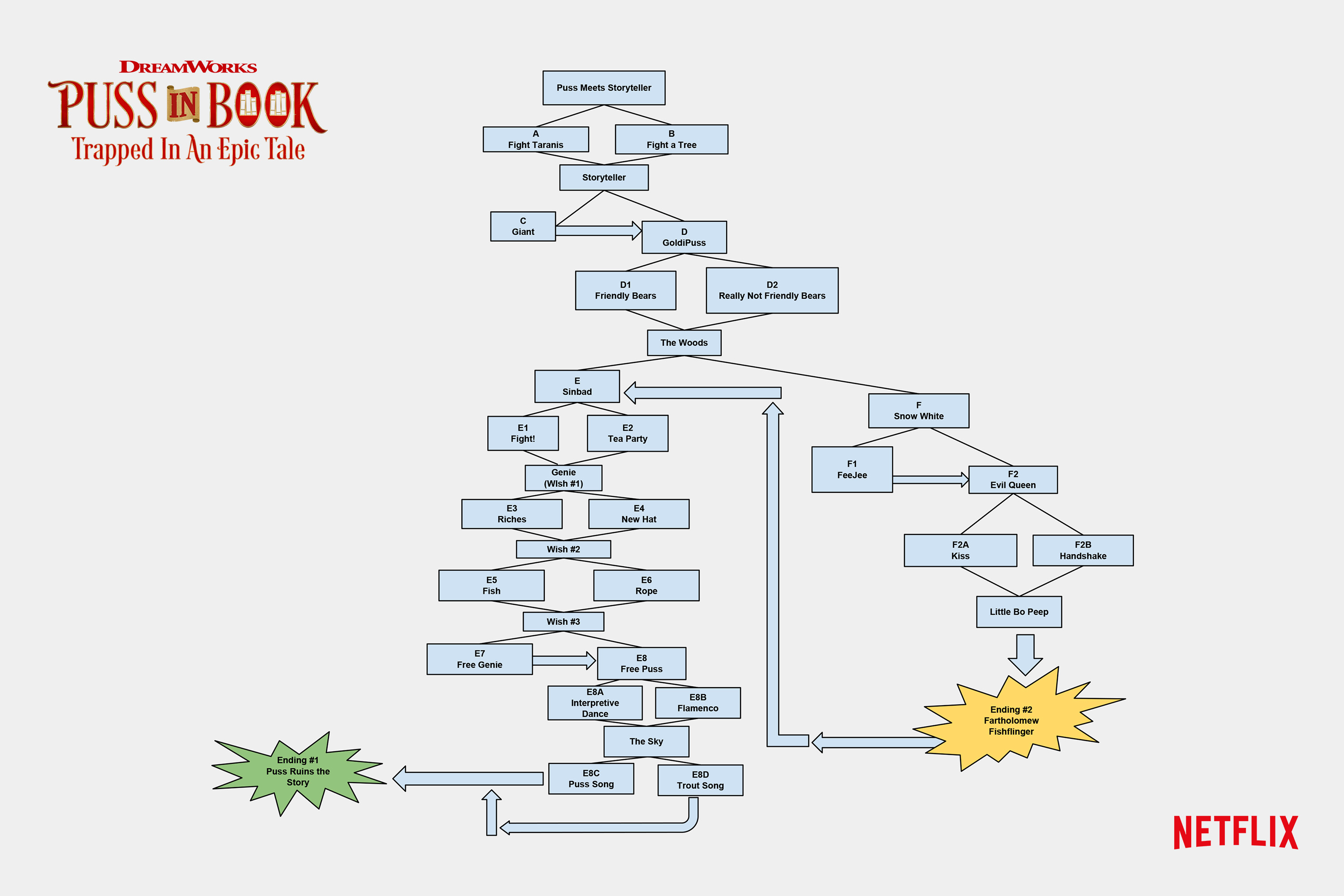As Netflix releases the first trailer for its most expensive movie to date at San Diego’s Comic Con ($90 Million USD for Bright, starring Will Smith), CMF Trends explores the flourishing streaming world:

They claim one out of three homes are watching Netflix every night; one out of six are watching Youtube; and one out of 25 is watching Amazon.
“In 2016, the consumption of audio and video content amounted to 71% of evening online traffic on fixed broadband networks in North America according to Sandvine. This proportion has doubled in the past five years…. The spending shift towards streaming services can also be observed in Canada, where spending on Internet access has been higher than spending on cable TV subscription since 2015.”
The cost of all that content is exploding on an upward curve as well:

For instance, prices paid for comedy specials have doubled:

My take: I’ll tell you what drove us to Netflx: TV commercials. We didn’t mind appointment viewing for the new shows we liked but the commercials became too intrusive for all but live events (like sports and award shows). And on Netflix, if the story really grabs you, you can binge watch multiple episodes.


